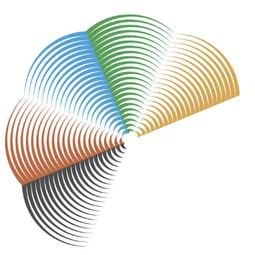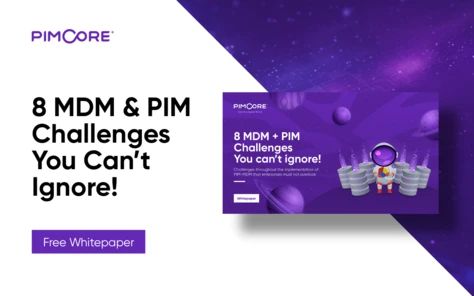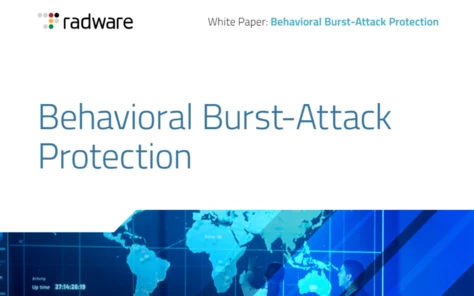Darktrace Acquired by Private Equity Firm Thoma Bravo in $5 Billion Deal
The Anticipatory Business Imperative, by Board Member Daniel Burrus

This opinion piece is by Daniel Burrus, Founder and CEO at Burrus Research Associates, Inc.. His new book, The Anticipatory Organization, is out now.
The Anticipatory Business Imperative By Daniel Burrus
We are all good at reacting and responding, putting out fires, and crisis management. In addition, organizations large and small have learned how to be lean and agile, and how to execute a strategy at a high level.
However, despite being lean, agile, and executing at high levels of excellence, a long list of well-respected and successful companies, including technology companies such as Research in Motion, Hewlett-Packard, Sony, Dell, and Microsoft faced major financial problems and disruptions to their core business.
To thrive in this new age of hyper-change and increasing disruptive challenges, it is now an imperative to learn a new competency—how to accurately anticipate disruptions, problems and game-changing opportunities.
Let's face it, there is no shortage of trends, the real problem is which ones will happen and when? Based on over three decades of research and applying the principles I've developed to organizations worldwide, I have developed a proven methodology for separating any trend about the future into one of two categories; Hard Trends, the trends that will happen because they are based on future facts, and Soft Trends, trends that might happen and are based on assumptions about the future.
A Hard Trend is something that cannot be changed. The benefit of a Hard Trend is that you can clearly see disruption and change coming at you before it occurs. This turns disruption into a choice! In addition, strategy based on the certainty that Hard Trends provide has low risk, and this provides the confidence to make bold moves.
Here are a few technology Hard Trend examples: after 5G we will see 6G with an exponential increase in capabilities, AI will increasingly augment our thinking providing just in time insights, and cloud services will get increasingly intelligent and embedded. These are just a few, but it is important and vital to understand that a trend has little value until you attach it to an opportunity.
Soft Trends also have great value because they can be changed, which means they provide a powerful vehicle to influence the future and can be capitalized on.
Understanding Hard Trends and Soft Trends allow us to transform how we plan and innovate by allowing you to accurately predict future disruptions and identify and pre-solve problems before they happen.
To succeed in business these days, simply being lean, agile, and executing well is no longer enough. You and your team need to harness the ability to anticipate the future. In fact, I see this as being the most important missing competency that we've seen for decades.
Liked this article? Check out board member Jurijs Rapoports getting real about safety!
























